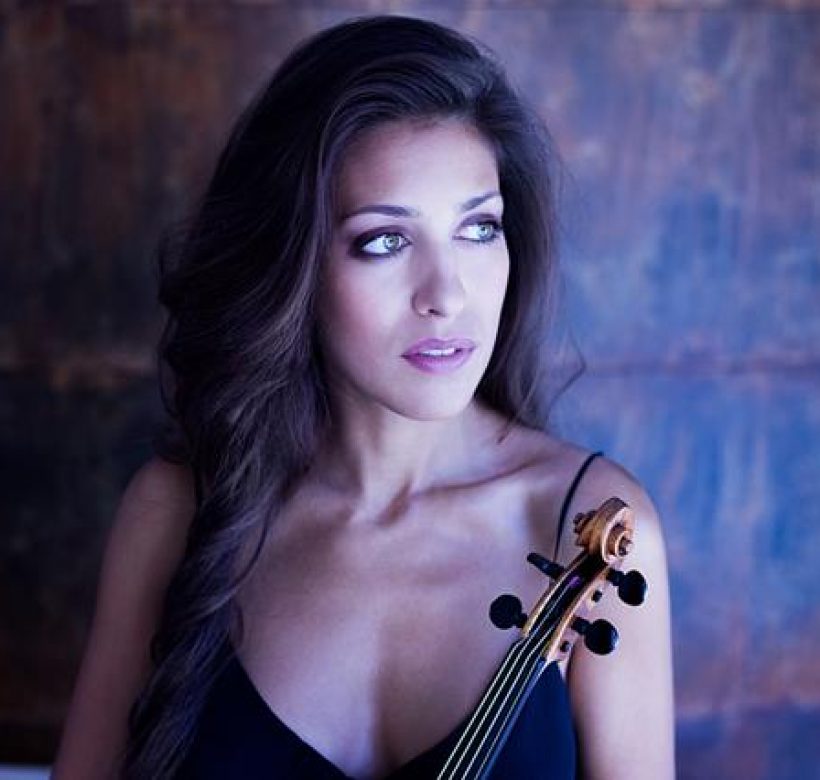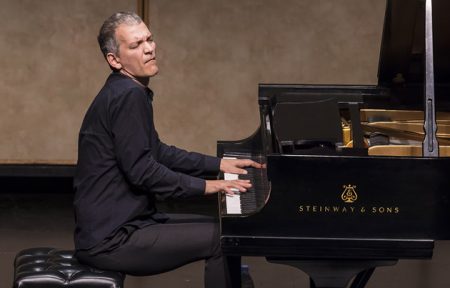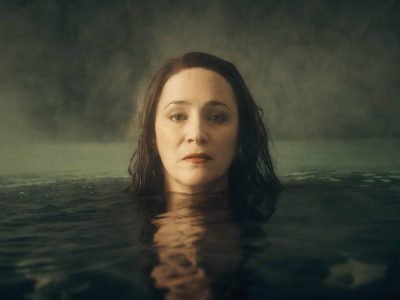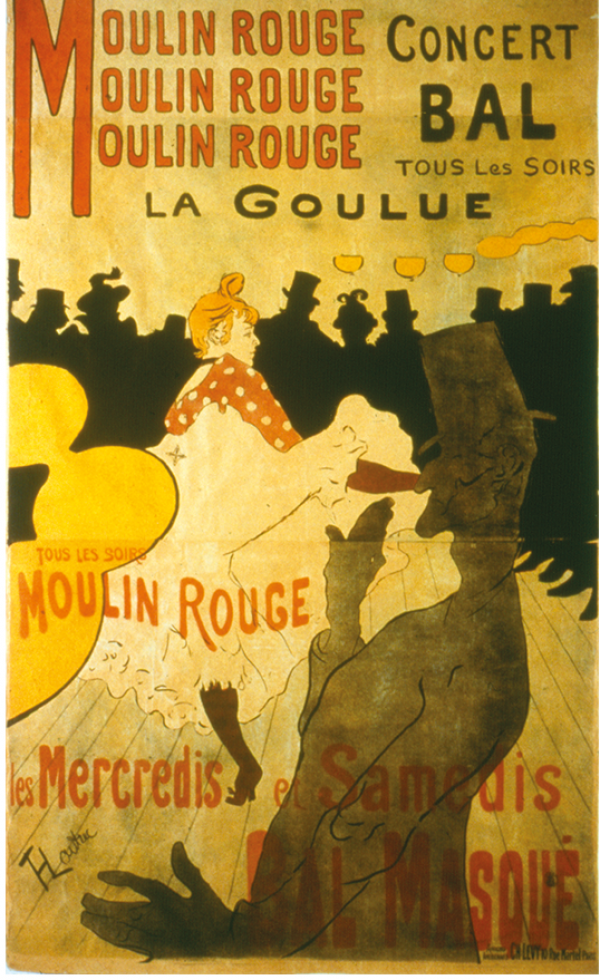November 2018 Cultural Events Barcelona
MUSIC AND
PERFORMING ARTS
MUSIC AND
PERFORMING ARTS
01 / 11 / 18

The Four Buenos Aires Seasons + The Firebird
Palau de la Música, November 25
The Four Buenos Aires Seasons by Astor Piazzolla are inspired, yet remotely, in Vivaldi’s precedent. Even though they are distant in terms of content and purpose (there are, in principle, no suggestion of the natural world, nor a clear descriptive pretension) they are similar in the freshness and spontaneity of the melodies that interweave, with contrasting rhythms and varied orchestral resources. The importance of the violin, in Vivaldi’s work, reappears in Piazzolla’s composition, whose main role is assumed by Leticia Moreno. Responsible of a recent recording dedicated to him -highly recommended recording, by the way, in which besides Piazzolla’s Seasons are included other emblematic hits
the expected presence of the violinist on the Palau de la Música stage will be completed, in the second part, with the interpretation of The Firebird, a work performed by the Orquestra Simfònica Camera Musicae, under the direction of Tomàs Grau. The music that Stravinsky composed for that ballet continues to arouse admiration and surprise -the episode of the dance of the evil Kachai, for example-, though perhaps not comparable to that surprise when its Parisian premiere, in 1910 (after which the ballet Petruchka would come, and also the celebrated Rite of Spring). The music for this "danced tale" works even in the absence of staging due to the rhythmic richness of its movements and the instrumental colouring, shaped by the novelty of the instrument’s timbres.

THE OBC & BRAD MEHLDAU
L'Auditori, November 9
Brad Mehldau is one of those musicians that show how inappropriate the categorization of music can be. Undoubtedly his career in the world of jazz is what made him famous, decades ago, but his way of playing and charisma
has allowed him to push the limits of the genre and relate to others, being jazz -on the other hand- a genre especially conducive for that. The Barcelona Auditorium, which usually hosts concerts by the Orquestra Simfònica de Barcelona i Nacional de Catalunya, as well as other international ensembles and orchestras, is the setting chosen for the event that is part of the 50th edition of the Barcelona Jazz Festival. The North American pianist will perform Johnny Greenwood's spectacular suite There Will Be Blood (composed as a soundtrack for the homonymous film by Paul Thomas Anderson, and edited by Deutsche Grammophon in 2014), accompanied by the Catalan orchestra -conducted by Clark Rundell- as well as other creations of Mehldau himself: a concert for piano, in which his skills as an orchestrator can be appreciated -interesting to observe the role he gives to the accompaniment from the position of soloist, with multiple dialogues between instruments- as well as other pieces for solo piano, in which the focus will be placed exclusively on his person, on the creativity of the melodies that for years he has been trying to unravel with a remarkable fluidity.
ROMANTIC SYMPHONY
L'Auditori, November 19
Common places help us here to recommend unequivocally an event in which ingredients of great interest converge, beginning with the program: the famous Triple concert by Ludwig van Beethoven (famous, but not so frequently played, since it requires the coincidence of three great soloists)
and one of the most popular symphonies of Anton Bruckner, the "Romantic". On the one hand, the protagonists of the concert are the members of the Trio self-called “Ludwig”; a true declaration of principles, which presupposes a special proximity to the genius of Bonn, as they evidenced last year in his recital at the Palau de la Música. In fact, the members of the group are accustomed to big scenarios, since it is composed by Abel and Arnau Tomàs, violin and cello of the world-renowned Casals Quartet, to which is added the pianist Hyo-Sun Lim. On the other hand, in regard to the symphonic aspect of the event, an orchestra like the Radio Stuttgart Symphony Orchestra is expected to perform as excellently as suggested by its historical career and the mastery of the director, none other than Eliahu Inbal, specialist in the repertoire of the great symphonies (Brahms, Mahler, or Bruckner himself). The "Romantic" symphony contains the usual passages of mysticism -that halo of spiritual suggestion, so characteristic of the work of one who has been compared to Wagner. For the era of the Romanticism is, above all, the era of the omnipresence of the Geist or "spirit", understood in the broadest possible sense: the inapprehensible reality that grounds the nature of all that is visible, being at the same time the germ of an understanding rationality on the part of the human being, as Hegel -one of the illustrious contemporaries of Beethoven and, although for a few years also of Bruckner’s- taught.

KÀTIA KABÀNOVA
Gran Teatre del Liceu, from November 8 to 22
The fact that the story of Katia Kabanova still resounds, updating reminiscences that one could think obsolete, does not leave us indifferent. Leóš Janáček's opera tells the story of submission of a woman who suffers from discriminatory conditions
and not only from men. The logic of domination is imposed, unrepentant, in the context in which she lives, with little space for the freedom that would seem natural in every individual: "Sometimes I dream that I am a bird", is exposed at a certain moment. The organizers explain: "David Alden offers us a striking spectacle. His artistic approach to this 20th century classic is based on a naturalistic exploration of the visual hallmarks of Soviet totalitarianism. The production delves deep into a dysfunctional, pathologically obsessed society, bent on exerting control over other human beings". The conductor on the occasion is Josep Pons, a specialist in intricate, lyrical and powerful scores, like the one created by Leóš Janáček for his most appreciated opera.

Cuculand Souvenir
TNC, from November 22 to 25
After the success obtained in the Festival Grec this summer, the programming of Cuculand Souvenir at the TNC is excellent news for the lovers of the performing arts who did not have the chance to witness the show created by Roberto Olivan: a spectacular, daring
and very entertaining one, that allows us to translate critically our common way of spending time, enjoying a technologically induced entertainment. The illustration is produced according to circus’ style, and mostly through dance, which is itself a fascinating pirouette, with a huge number of ways to capture the viewer's attention. Its architects spend several resources to amaze the eye and, to the same extent, encourage a positive review of one's own critical conscience. A display which is not excessive on the audio-visual side, but rather relies on the unthinkable contortions and equilibriums of the protagonists, and that seduces through dances that transcend sensuality, even allowing space for humour. A must see, whose second opportunity should not be wasted.
< LAST MONTH NEXT MONTH >
EXHIBITIONS
EXHIBITIONS
01 / 11 / 18

Toulouse-Lautrec and the spirit of Montmartre
Caixaforum Barcelona, until January 20
Toulouse-Lautrec and the spirit of Montmartre is an essential exhibition, undoubtedly one of the best news for the lovers of nineteenth century and avant-garde art. For it is in the context of the marginal neighbourhood, home of artists and souls without too many material attachments, that some of the most influential trends for the art of the s. XX are developped. An absolutely anti-academic art that, in effect, grows apart from norms and established "good taste". Toulouse-Lautrec, vocational painter of aristocratic origin, was caught in the world of celebration, in a not always pleasant way. He had to experience the two sides of bohemian life: on the one hand, its moral ductility, source of a frantic creativity that would be reflected even in ephemeral supports, such as posters or posters announcing cabaret shows (despite which they would transcend, becoming true pagan icons, massively reproduced); on the other hand, the excesses of schedules and customs that his fragile health probably did not take well. He wrote to his mother, when he was a young man of only 22 years old: "I would like to tell you a little bit what I do, but it is so special, so 'out of the law' that, surely, father would say that I am an outcast. I had to make a very big effort because, as you know well, against my will I am living a bohemian life and I cannot get used to this environment".
The magnificent exhibition of the Caixaforum recreates, until January 20th and through a considerable number of pieces -the massive amount of 350 is reached- the feverish microcosm of the most rogue hill of the time; a location in which circus shows and cabaret -popular amusements, remarkably stimulating for the artists- were the day to day reality, as well as satire, reproduced graphically through the caricature. The general public will discover works as interesting as those by Théophile Alexandre Steinlen, Georges Bottini or Jean Veber, and will be able to delight with the skill of a Toulouse-Lautrec who is not only responsible of a figurative movement with thick lines and vivid colours, through which he portrays the protagonists of that elevated sub-world, but also of a series of works that are perfectly in line with the two best-known post-impressionists, Paul Gauguin and Vincent Van Gogh, influencing -just like them- the future Parisian prodigy: Pablo Picasso.

MANUEL DUQUE - From Light to the World
Fundació Vila Casas, until december 30
The brush stroke, powerful, demarcates a void and completes it. It is a movement that fixes a material reality, elevated to an ontological rank because of its trace nature, of foundational stone. Comparable to an initiatory rite, rehearsed with variations,
the trace of that primordial reality is shown in the paintings of Manuel Duque, an artist born in Nerva but settled in Sabadell, and whose death happened two decades ago. Curated by Inma Prieto, the exhibition From Light to the World shows the trajectory of an artist who developed his language alien to trends, movements and styles, through more than eighty works. Regarding his place in the art world -and about his own work- Duque said: "I have never meant to mean anything when I have produced a line. I have only ever tried to make the line lively with my brush strokes. That is what interests me; brush strokes that are alive and which do not need any explanation".
Stanley Kubrick
CCCB, until March 31
From the end of October, the CCCB (Contemporary Culture Centre of Barcelona) pays homage to the career of a reference filmmaker, author of works such as 2001. A Space Odyssey, Barry Lyndon, Eyes Wide Shut, A Clockwork Orange, The Shining, Full Metal Jacket or Dr. Strangelove.
We talk about a a unique specimen, absolutely committed in his search for formal perfection; a search applied to complex issues, which in several cases led to the rejection of the public, criticism and even censorship. The monster that Kubrick was, managed to scrutinize the psyche of sapiens sapiens to unsuspected limits, expressing through fictitious narratives what no philosophical discourse can make understand (at least not with that vivacity). The exhibition, originally designed by the Frankfurt Film Museum, has been curated by Hans-Peter Reichmann, Tim Heptner, Deutsches Filminstitut and Jordi Costa Vila, in charge of its adaptation. The design of the spaces at the CCCB, a fundamental element, is the responsibility of Víctor Imperial and Andrés Ibáñez. On the web it is explained: "In 2003, access to Stanley Kubrick's personal assets was allowed for the first time, and his valuation proceeded. The archives of Kubrick's work contained a large amount of material belonging to all his films: research and production documents, scripts, correspondence, still photos, props, costumes, cameras and objectives. The exhibition gathers a careful selection of these objects, in an area of around 1,000 square meters. The entire career of the director is documented, from his beginnings with the short films to his latest film, Eyes Wide Shut (1999)".

Dressing the Body. Silhouettes and fashion (1550-2015),
Museu del Disseny, permanent exhibition
Although it is not a temporary exhibition, we recommend Dressing the Body. Silhouettes and fashion (1550-2015), that can be seen in the Museu del Disseny: "the exhibition show how clothes
modify the appearance of the body by means of actions that have alternately tended to compress it and liberate it, from the sixteenth century to the present". In this sense, it highlights the non-accessory -or epidermal- aspect of fashion. What is carried out facing the outside, covering the body, is inevitably rooted in values and ways of living. Trends fluctuate, without a pattern that a priori can be clearly established by some kind of logic, but this does not prevent the highly symptomatic character of the clothing that is adopted in each historical moment. Since, as it is explained, "clothes change the body's proportions and alter the wearer's relationship with physical space and other people", a statement of deep social and moral implications, in relation to the understanding of oneself and the outside world.

Open Works. Art in Movement, 1955-1975
La Pedrera, until January 27
The relationship of the spectator to the work of art, in the 20th century, has been transformed. Leaving behind the nineteenth-century veneration of the artist "genius" -in many cases a paradigm of virtuosity or originality, in a fully romantic sense-
contemporary creations vividly enquiry the viewer; they seek to awaken a reaction, a meaning in those who contemplate and somehow complete them through an apprehension that is not objectual, nor merely intellectual. In the exhibition at La Pedrera a selection of works by 37 international artists show, by means of movement, the real need for an interaction, something that the first avant-garde already tried at the dawn of the 20th century. In this sort of "movement aesthetics" a new reality -the reality of becoming- demands a constant adaptation of the look and conception of the artistic fact, defying statism and objectification -even if what animates this new vision is a "thing", an elaborate artifice or construct, perfectly working. The exhibition has been curated by Jordi Ballartefd and Marianna Gelussi, who selected works by artists of different origins and sensibilities, such as Marina Apollonio, Alberto Biasi, Pol Bury, Alexander Calder, Gianni Colombo, Carlos Cruz-Diez, Dadamaino, Marcel Duchamp, among many others. They also include artists representing this trend in Catalonia and Spain, such as Leandre Cristòfol, Ángel Duarte, Jordi Pericot, Eusebio Sempere and Francisco Sobrino.
< LAST MONTH NEXT MONTH >
